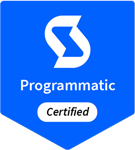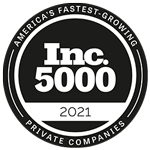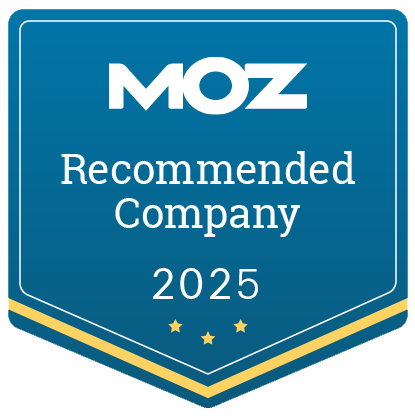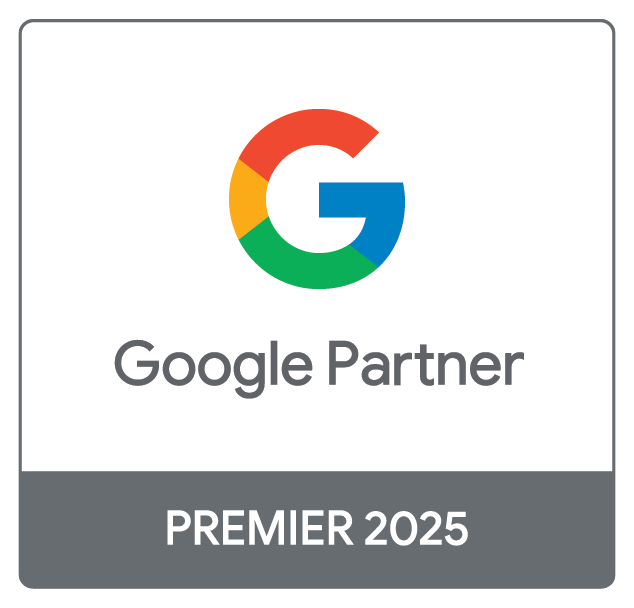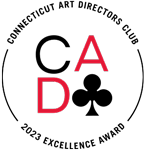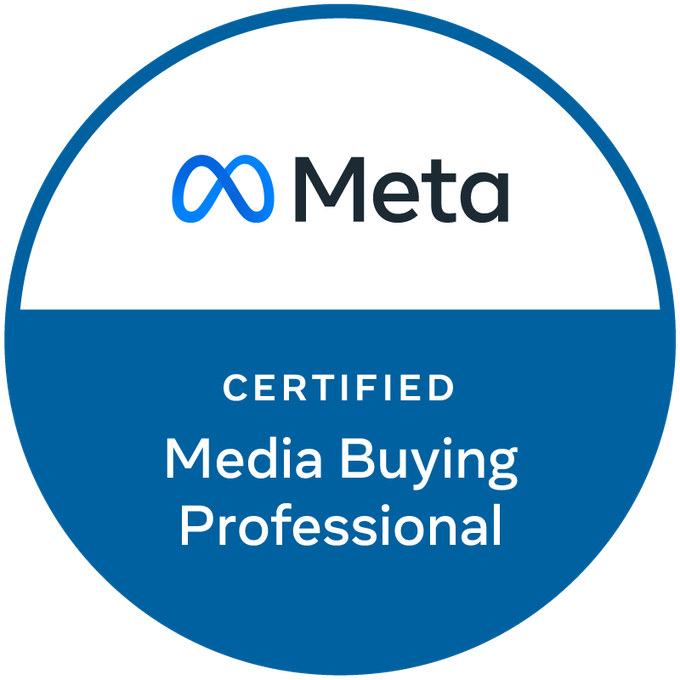A landing page is your company’s calling card when you’re trying to convert visitors into paying customers. It’s specifically designed so users “land” on this page, see your products and services, and are directed towards action, such as making a purchase. Effective landing pages are the cornerstones of effective digital marketing. You can have the best brand reputation and Pay-Per-Click (PPC) ads that are optimized perfectly, but if your landing pages fail to convert, your company is going to suffer.
PPC landing pages have one sole purpose: to get visitors to take a predetermined action when they arrive at the page. This might mean making a purchase, downloading a whitepaper, or taking you up on a free trial offer, just to name a few. The point is that your landing pages' layouts need to be flawless so people hang around long enough to do the action you're asking them to perform. Great landing pages grab visitors' attention and compel them to complete a conversion. Here, we'll talk about how you can concoct winning landing pages with a few simple tips.
Table of Contents:
- Provide a Clear Call to Action (CTA)
- Make Sure You're Tracking Data & Performing A/B Tests
- Be the Hero Your Target Consumer Needs
- In the End…
1. Provide a Clear Call to Action (CTA)
Your CTA should be simple, minimal, and short-form. This means your landing pages shouldn't say anything other than what they have to. When creating your landing pages, keep the “Rule of One” in mind at all times:
- One ad
- One landing page
- One goal
- One offer
In other words, if you have multiple offers or ads, you need to create a landing page for each one individually. You should start to see an uptick in conversions when you're not splitting your audience's focus into various products or offers. Visitors who find your landing pages are likely already interested in the solutions you're providing, and you don't want to overwhelm them with too many options.
Keep in mind, too, that people don't want to fill out lengthy forms. The shorter your form, the more likely people are to stick around and give you the information you're looking for. The more fields your form has, the lower your conversions will be because you're requiring a lot of effort from your visitors. With that said, sometimes, lengthier forms can improve the quality of leads you receive. This is a tradeoff between the quality and quantity of leads your landing pages produce.
Here are a few rules to follow:
- Be clear. Keep things simple. A complicated piece of copy will confuse visitors.
- Be specific. Guide the audience toward the exact action you want them to take when they arrive on your landing page.
- Be action-oriented. Drive this action using well-honed verbs that are energetic, delightful, and action-oriented as part of your CTA.
2. Make Sure You're Tracking Data & Performing A/B Tests
When it comes to marketing, there’s usually a bit of trial and error that goes into the process before you hit a home run. If you’re working with a digital marketing agency, they’ll already know how to use split tests, but if you’re going the route alone, this might be new information to you. Split tests pit various elements of your landing page against each other so you can see what’s performing well and where you have opportunities to be more successful with your landing page designs.
In reality, you should be testing everything, including:
Headlines
- Perhaps the most important part of a PPC landing page is the ad text that brings you to it. If it’s boring, chances are the reader won’t get much further, and if it’s too over the top, they will ignore it altogether. You need to compose a headline & description that will inspire visitors to click your ad over your competition. It’s okay to test a few out to see which one gets the best response. Some audiences respond better to powerful statements, while others prefer a question or coupon.
Aesthetics
- Once they click on your PPC ad, the landing page itself needs to be visually appealing. It shouldn’t have too much going on, it should look professional, and it should be easy to skim the page and get the necessary information. Also, please avoid the templates that everyone uses. They are so overused, which means people are used to seeing them and they will do nothing to help you stand out from your competition.
Directions/CTA
- A concise, persuasive call to action is a requirement for every PPC landing page. The bottom line is that people need to be told what to do. Even if your offerings are obvious, if you are not asking people to call you or place an order or fill out a form, they probably won’t. Don’t be afraid to ask for the sale; you will be surprised how many people say yes.
Badges
- You know all too well that you can’t trust everything you read online, so why should all of your visitors trust you? Scam artists can be found on every corner, and you need to make it clear that you are not one of them. Make sure you put your credentials on display in a prominent location. Are you a member of the BBB? Are you accredited in your industry? Have you been mentioned in any media outlets? Make it known.
Freebies
- It’s common practice to offer something to PPC landing page visitors to entice them to give contact information. This is an effective tactic, but only if you limit how many offers you have. If you offer more than one thing, you will confuse the visitor and they won’t be sure what they will get in exchange for their info—which means they probably just won’t fill out the form at all.
Specific Requests
Speaking of forms, what do you include in yours? Some experts believe that you should ask for as little information as possible because it increases the likelihood of someone filling out the form—just asking for a name and email address is a common occurrence. However, there’s just one problem with this: You don’t just want to build an email list, you want to turn these people into paying customers. Is an email address really enough to get the job done? Wouldn’t a phone number be better so you could call them? So while you should keep your form simple, make sure you are asking for all the information you need to actually convert your customers.
3. Be the Hero Your Target Consumer Needs
You should tailor your landing pages for each unique audience by using consistent (and relative) keywords and content. It’s vital for visitors who choose to click on your ads to understand they’re in the correct place from the very moment they arrive on your landing pages. If someone sees a touch of inconsistency between your advertisement and the landing page, they’re likely to bounce quickly, which can also hurt your search engine optimization (SEO) efforts.
You want to give your audience a consistent experience. The landing page should feel just like the ad that brought them to the landing page in the first place. Here are a few ways to achieve this:
- Make sure your landing pages’ headlines use the same keywords that are in your advertisements.
- Use a related tone and verbiage in your advertisements and landing pages.
- Utilize identical page designs and images.
- Create your landing pages with the same colors and fonts as your ads.
- Use your offer to answer the problems your ad assured it would solve.
In the End…
Effective PPC ads will get people down the sales funnel, but only if you’re directing them to do so using well-designed landing pages. Need assistance? Our team at Zero Gravity Marketing is here to help! Reach out to us today, and let us help you design the best landing pages for your unique business!
About the Author




